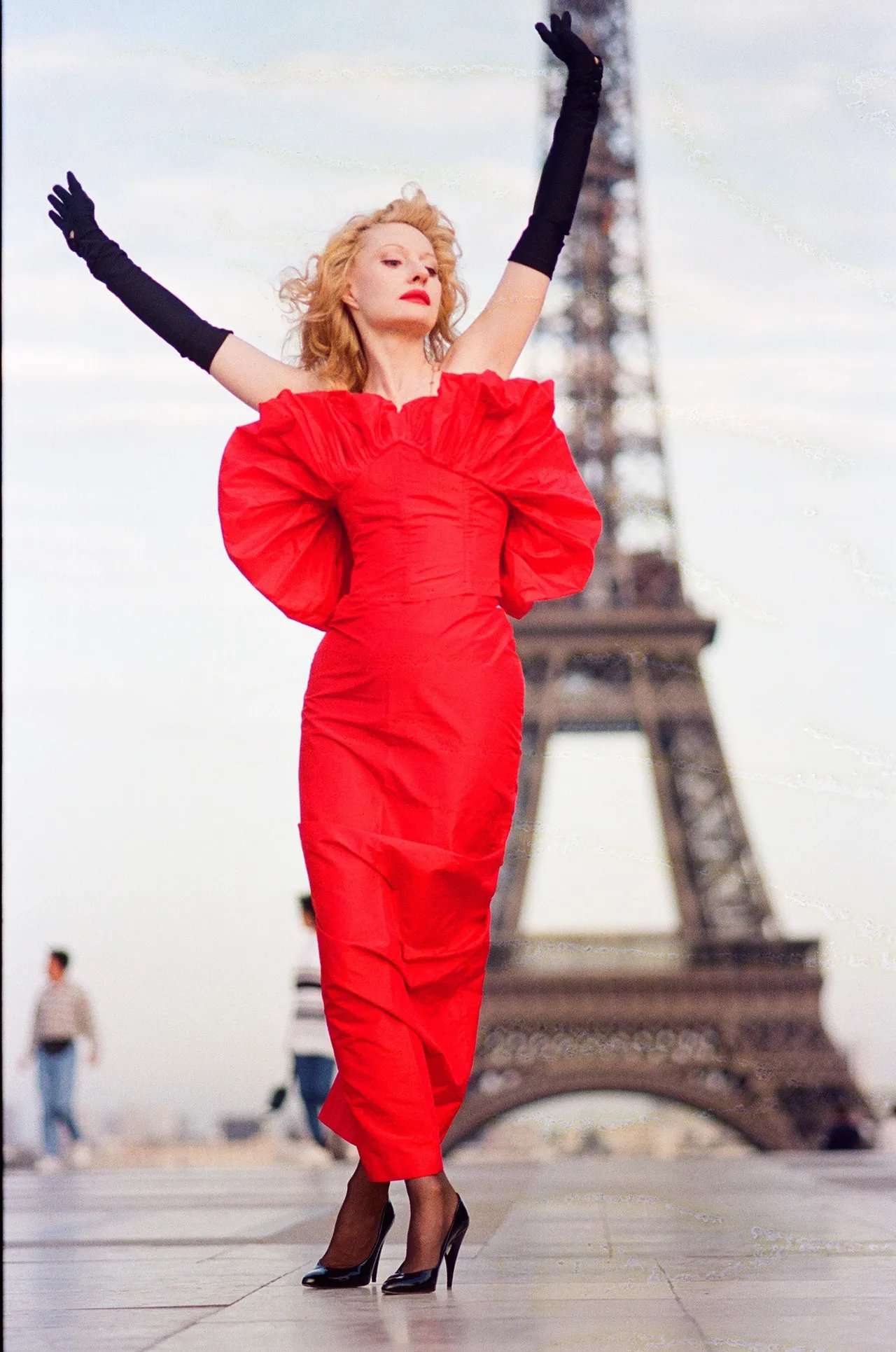Dakota Johnson Brings Sex Researcher Shere Hite to Life in a Dazzling New Documentary
By Keziah Weir
October 24, 2023
I’m not trying to give her sole credit for the discovery of the clitoris, but she really changed the public dialogue in a way that was profound,” says Oscar-nominated producer and director Nicole Newnham of Shere Hite, the subject of her new documentary. “The way she looked and dressed and acted was as revolutionary, and as important in some ways, as the work she did.”
In 1976, the former Columbia graduate school student published The Hite Report, a qualitative survey of more than 3,000 American women with questions such as “Do you think that sex is in any way political?” and “Do you ever fake orgasms?” In The New York Times, Erica Jong wrote that Hite laid out “how sex really is right now.” Her work, which promoted more fluid conceptions of gender, vaulted Hite into the public eye—Oprah, Maury Povich, the nightly news—often opposite famous (and skeptical) men. A young David Hasselhoff dissolves in stutters as Hite, all apricot curls and black lace, smokes coolly beside him. Yet “there’s a disappearance of feminist knowledge, systematically,” says Hite’s peer, National Women’s Health Network cofounder Phyllis Chesler, in the film. By her death in 2020, Hite had largely faded from the American consciousness.
The Disappearance of Shere Hite (opening in select theaters November 17th), in which executive producer Dakota Johnson gives voice to her writings, summons her back. In Hite’s days as a conflicted model, her Modigliani features glow in Playboy and reference shots for the 1971 Diamonds Are Forever poster. After The Hite Report she bought an Upper East Side apartment, where she hosted gatherings attended by Gloria Steinem, Donna Summer, Flo Kennedy, and Gene Simmons. She preferred Rachmaninoff to the Rolling Stones and printed surveys in ink that matched her vermillion nails.
America, though, was not quite ready for Hite, who eventually decamped to Europe (where photographers embraced her multigenre maximalism) following backlash to the 1981 The Hite Report on Male Sexuality, which its editor, Robert Gottlieb, called one of the saddest reads of his life. The Disappearance shows a Harvard lecture attendee prodding Hite about old nude photos, and on Oprah, an audience of men excoriate an embittered Hite for her methods. (After, she went to Oprah’s favorite thrift shop as consolation.) “What really scares peo- ple,” reads a Guardian review of her 2000 autobiography, The Hite Report on Shere Hite, “is the fact that she is a beautiful, clever, sexy, self-made woman.”
Are we ready now? “Ideas that were so radical and scared people so much about Shere’s work have become internalized by younger people, especially,” Newnham says. Fall fashion embodies Hite’s range, from Miu Miu’s staid glasses plus underwear as pants to Rokh’s deconstructed office garb. Ongoing assaults on bodily autonomy may demand a louche counterpoint.
In one scene from the film, Hite lounges on her pink brocade couch and kicks off her heels as Johnson’s velvety narration plays over “directions” Hite once wrote against becoming “a stereotyped creation of your society.” They include “Don’t laugh at any of your desires.... Rely on your own financial resources.... Enjoy yourself. A lot.”
Here, Newnham discusses the making of her new film.
The documentary contains such a wealth of film and photography footage of Hite, not to mention her public and private writings. How did it all come together?
I first met Shere Hite when I was 12 years old. I found a copy of The Hite Report in my mom’s bedside table—she had a little chest next to the bed where she kept all the stuff that she didn’t want us to see, so I would periodically dig around in it. I found The Hite Report in there, and it was like a portal to a world that no one was telling me about.
When I read the obituary in The New York Times in 2020, I had that kind of out-of-body experience of, “Oh, I’ve met a story that I really care about.” Like, who was this woman who opened up the portal for millions of people around the world and really did change the cultural perception of how women orgasm? Then I started investigating it with this team of producers at NBC News Studios, most of whom were young and who had been fascinated too by that same obituary. They looked in the NBC archive database for Shere Hite and this enormous volume of material came up. As though they had put in a president or something. These were women in their 30s who had studied women’s studies and whatnot, and they’re like, “She was on TV all the time. She was part of the water we were drinking. How have I never heard of her?”
Her archive had been acquired by Radcliffe, and they were very happy to hear from us because they had paid quite a bit of money for it; they had negotiated that with Shere before she died. We have, as you see in the film, the actual handwritten letters that people sent her, and also so many artifacts from Shere’s own life, and her early writings and musings. It was an overwhelming amount of material that was all available to us, and they said it had hardly been touched.
The film more or less begins with Hite’s student days and remains pretty chronological, but toward the end it cuts back to a difficult childhood. Can you tell me about how you organized the trajectory of the movie?
It’s funny. I was asked in a Q&A recently, by a man who came to see the film, why we didn’t focus more on her marriage. I said, “Hmm, I wonder if this film was about a man who had been a great sex researcher, if people would be asking why we didn’t focus on his wife and how she helped him with the work and influenced him?”
We were very intentional about not wanting to start the film with a psychoanalysis of her childhood as a reason for why she did the work that she did. We felt people needed to come to terms with her inventiveness and brilliance, in the way that she would be able to step outside society and look at it through a different lens. We wanted people to see that before they started to see the childhood trauma that she had suffered, because I think that’s how we all want to be experienced and known.
If you read The Hite Report, it’s full of people’s fantasies and some of them are really weird, but she’s not judging them. She’s just putting them in there and saying, like, “I asked 3,000 people, ‘What are your sexual fantasies?’ This is what people said.” It was that spirit with which we wanted to approach her as well.
Our editor, Eileen Meyer, she came to really know and love Shere, and a lot of the way the film is structured is just trying to reflect back to the viewer the way that we all felt as we came to further know and understand the story. We’re literally looking at the origin of the Christian right in the film, and also we’re looking at the origin of a gotcha talk television, and all of these things, which have evolved into various different aspects of our culture over time.
There’s a bit in the film in which Hite says that she feels nervous that women will have to fight the same battles in the future.
The Dobbs decision came down while we were shooting. We were editing, and we were also interviewing these feminist colleagues of Shere’s who had been involved in the original battle for Roe v. Wade. It was intense to be engaging with them around this story while this other story was playing out around us.
When did Dakota Johnson sign on, and was it always part of the vision that she’d read excerpts from Hite’s writing?
As we started to see so many things in the written material that were really compelling, it became clear we needed to add that narrative voice. Initially, we thought it would be nice to have an older woman who would have been about Shere’s age and had lived through all of that. We also were really excited about Dakota, because she’s such an incredible actress and we know that in her own life and career she’s dealt with a lot of cultural backlash and people’s hang-ups about sexuality. We thought she might find this compelling.
We reached out to her, and she and her producing partner called and she said, “I love Shere Hite.” Her performance just…when Eileen and I laid it in—which we did, because we were so excited, the night after we did the voice recording session at our hotel in New York—we were literally weeping when we were listening to it, because she tapped into some kind of core emotionality that I think really does bring you closer to her, and allows a feeling of vulnerability and humanity, but also strength and intelligence. That’s hard to get from just television appearances where people are being put on the spot and performing. That really gave such an incredible amount of validity and humanity to Shere’s own words.
With so much material, were there any beloved scenes you had to leave on the cutting-room floor?
James Hamilton, who is the Village Voice photographer, said, “You know where you should go? You should go where she always used to get her clothes, the Persian Shop.” He said, “I think it’s still there on Madison Avenue,” so I looked it up and it’s actually still there. The next day, we were shooting up at her Fifth Avenue apartment and we ran down there. We walked in, and the guy behind the counter was like, “Shere Hite, I met Shere Hite.” His father, who was much older than him, started the shop I think in the ’40s or ’30s and was a couturier. He made all these incredible things out of rare silk that he had brought in from Lebanon. They still have bolts of it on their shelf, the same bolts that Shere made her suits from. I shot all this gorgeous footage of the silk and the old pictures of the shop, and they found the ledgers from the sales registers that were handwritten, she would write them and say, “I’m in Paris, but I’m thinking of wanting to do something with that silk that has the Adam and Eve story woven into it, so please save it for me.”
I tried to make it a scene about how she was trying to tap into deep history and this very old world, handmade kind of construction of art and aesthetics and beauty, and how she created her self-image. Her self-image was so deliberately created with such passion and agency, which I think is an important aspect of her. Then the film was too long and we had to cut it out, and I was heartbroken.
I really came to see her as an artist, more than anything else, maybe. That was part of what drove us all to work so hard on the film. I think a lot of us worked harder on this project than we ever have, because we felt like this person had, basically, said, “Here’s this amazing life I led. Here’s this incredible story. Here’s how I art directed it. Here’s the blueprint for making it.”

